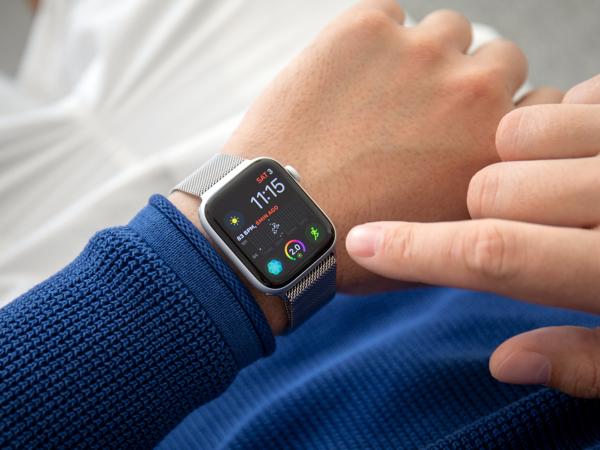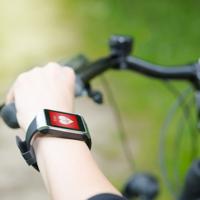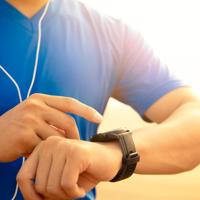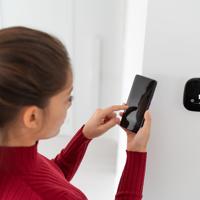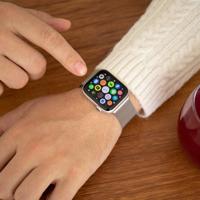Sleep apnea is a common yet serious sleep disorder that affects millions of individuals worldwide. It is characterized by repeated interruptions in breathing during sleep, which can lead to poor rest and an array of health issues if left unchecked. Fortunately, technology is making it easier for people to monitor and manage their sleep health right from the comfort of their own homes.
Understanding Sleep Apnea
There are two primary types of sleep apnea: obstructive sleep apnea (OSA) and central sleep apnea (CSA). OSA is more prevalent and occurs when throat muscles intermittently relax and block the airway. CSA, on the other hand, involves the brain failing to send the proper signals to the muscles that control breathing.
Common symptoms include loud snoring, episodes of breathing cessation during sleep, abrupt awakenings accompanied by gasping or choking, and excessive daytime sleepiness. If you suspect you have sleep apnea, it's crucial to seek advice from a healthcare professional.
At-Home Detection Tools
Modern technology offers a variety of at-home detection tools. These devices and apps provide a convenient way to begin monitoring your sleep patterns and potential apnea episodes without immediately resorting to in-lab polysomnography, which is both costly and difficult to schedule.
1. Wearable Devices
Smartwatches and fitness trackers have become ubiquitous, and many now feature sleep tracking functionalities. Devices from brands like Fitbit, Apple, and Garmin can monitor your heart rate and oxygen levels (SpO2). While they don’t diagnose sleep apnea, unusual patterns or fluctuations in these metrics can indicate potential sleep disturbances. For more information on monitoring your sleep with fitness trackers.
2. Smartphone Apps
Apps like Sleepio or SnoreLab turn your smartphone into a basic sleep monitor. They can detect snoring and gauge sleep quality through sound analysis. While not a replacement for professional diagnosis, they provide valuable insights into your sleep habits over time.
3. Bedside Monitors
Bedside sleep monitors, such as the Withings Sleep Analyzer, are placed under your mattress and can track breathing disturbances, heart rate, and other parameters of your sleep. This non-invasive approach provides a detailed sleep report that can be shared with healthcare providers for further evaluation.
4. Home Sleep Tests
For those needing more detailed analysis, FDA-approved home sleep tests offer a more comprehensive option. These kits, recommended by healthcare professionals, include a variety of sensors that you wear overnight. They provide detailed data on sleep patterns, apnea events, and more, and the results can then be interpreted by a sleep specialist.
Research and Studies
Numerous studies look into the effectiveness of at-home sleep apnea detection. A paper published in the Journal of Clinical Sleep Medicine (2017) discussed the reliability of home sleep apnea testing (HSAT) and concluded that HSAT is a practical approach for diagnosing OSA in patients with a high pre-test probability. It emphasizes that while HSAT offers many conveniences, it should be considered part of a managed care plan, rather than a standalone solution.
In another study published in Nature and Science of Sleep (2020), researchers explored the accuracy of wearable devices, such as fitness trackers, in monitoring sleep patterns. Although these devices continue to improve, the study highlights their limitations and underscores their role as a supplementary tool rather than a definitive diagnostic method.
Conclusion
At-home sleep apnea detection tools are advancing rapidly, offering convenient and accessible means to garner insights into your sleep health. While these devices and apps provide valuable data, they are best used as part of a broader sleep health strategy that includes consultation with healthcare professionals.
Ultimately, the goal is to improve sleep quality and overall wellbeing, and technology offers a promising path to help achieve that. If you're concerned about your sleep patterns or experiencing symptoms related to sleep apnea, it's essential to talk to a healthcare provider who can guide you in selecting the appropriate path forward.
By embracing the smart lifestyle with health & fitness tech, we can take proactive steps in managing our health from the comfort of our homes.
